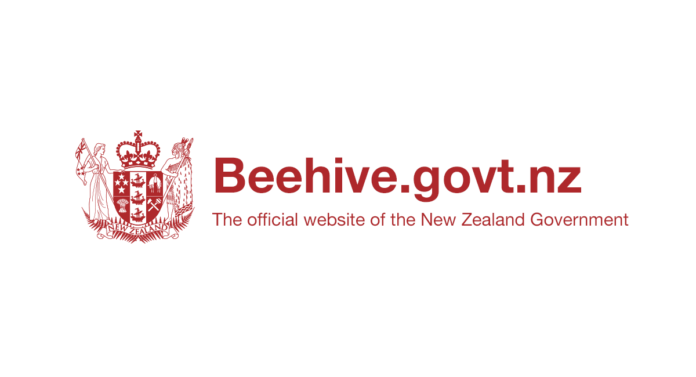Source: New Zealand Government
- Urgent reform needed to save households from ballooning water bills
- Reforms estimated to deliver a $14b-$23billion increase in GDP
- Supports the creation of 5900 to 9300 additional new jobs
New analysis of New Zealand’s drinking water, wastewater and stormwater infrastructure provides New Zealanders with a clear picture of the urgent problems we face, and highlights the economic benefits we can unlock by tackling them says Local Government Minister Nanaia Mahuta.
“It is clear the affordability challenges facing our water infrastructure are too great for councils alone. This research underscores the overall benefits of reform by reducing future costs on households, creating new jobs and contributing to regional economies and local industry – all of which build on our economic recovery,” Nanaia Mahuta said.
“The reports released today identify investment of between $120bn and $185bn is needed over the next 30 years to ensure New Zealander’s drinking water, wastewater and stormwater infrastructure meets acceptable public health and environmental standards.
“The reports also highlight how the national water infrastructure reforms, would create an extra 5900 – 9300 jobs countrywide between 2022 and 2051,” Nanaia Mahuta said.
The analysis was undertaken by the Water Industry Commission for Scotland (WICS). Two further reports by Farrierswier and Beca provide assurance of the WICS approach and its relevance for New Zealand.
The Government is working alongside local government and iwi on a proposal to combine the country’s 67 council-owned and managed water service providers into a small number of publicly owned providers.
“Together, the reports confirm the need for major reform to upgrade and maintain our water infrastructure, protect our environment, and avoid unaffordable increases to household bills.’’
For example, without reform average household bills in 2051 are forecast to range from $1900 to $13,900. Under reform proposals with five providers those figures range from $800 to $1800. With three providers the range is $800 to $1600.
“Our plan means the required upgrade of infrastructure for our most precious natural resource will be much more affordable for New Zealanders than continuing on the current path,” Nanaia Mahuta says.
“The case for reform is boosted by an economic impact report also released today. Produced by Deloitte, it shows this mahi will provide for more jobs for people, opportunities for businesses and a net increase in GDP by $14bn to $23bn over 30 years.’’
The WICS analysis draws on detailed information provided by all 67 councils in a nationwide Request for Information (RfI) process which took place between October last year and February 2021.
“I want to thank all those councillors, council staff, industry experts and others who have contributed to what is the largest ever project to understand the state of New Zealand’s three waters services.
“I expect to announce Cabinet decisions on the way forward for the reforms in the coming months,” Nanaia Mahuta says.
The full reports are available here
ENDS.



